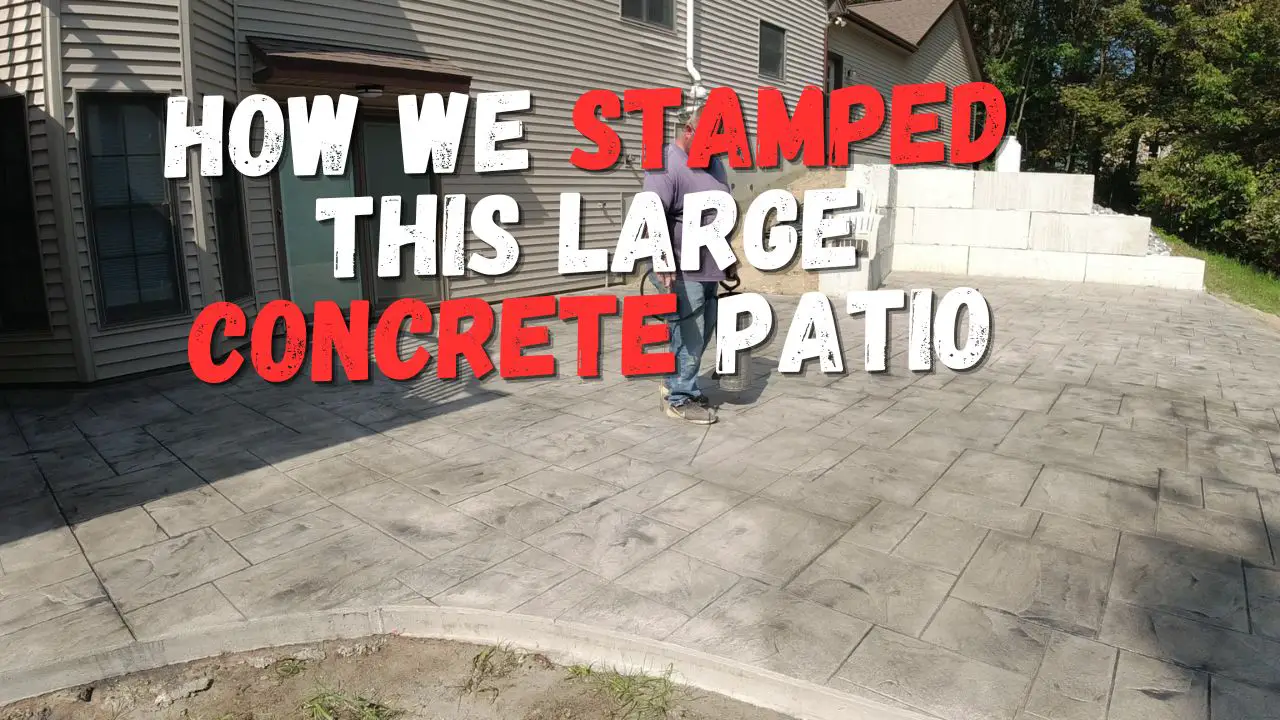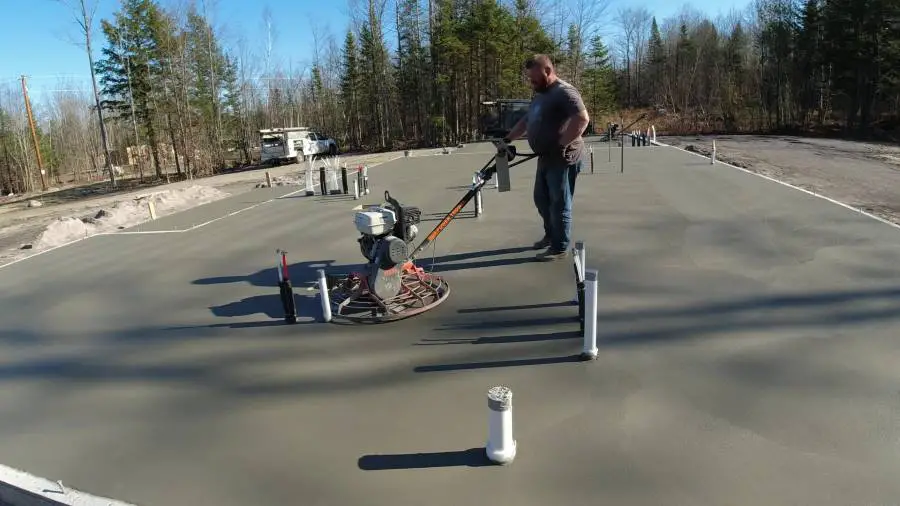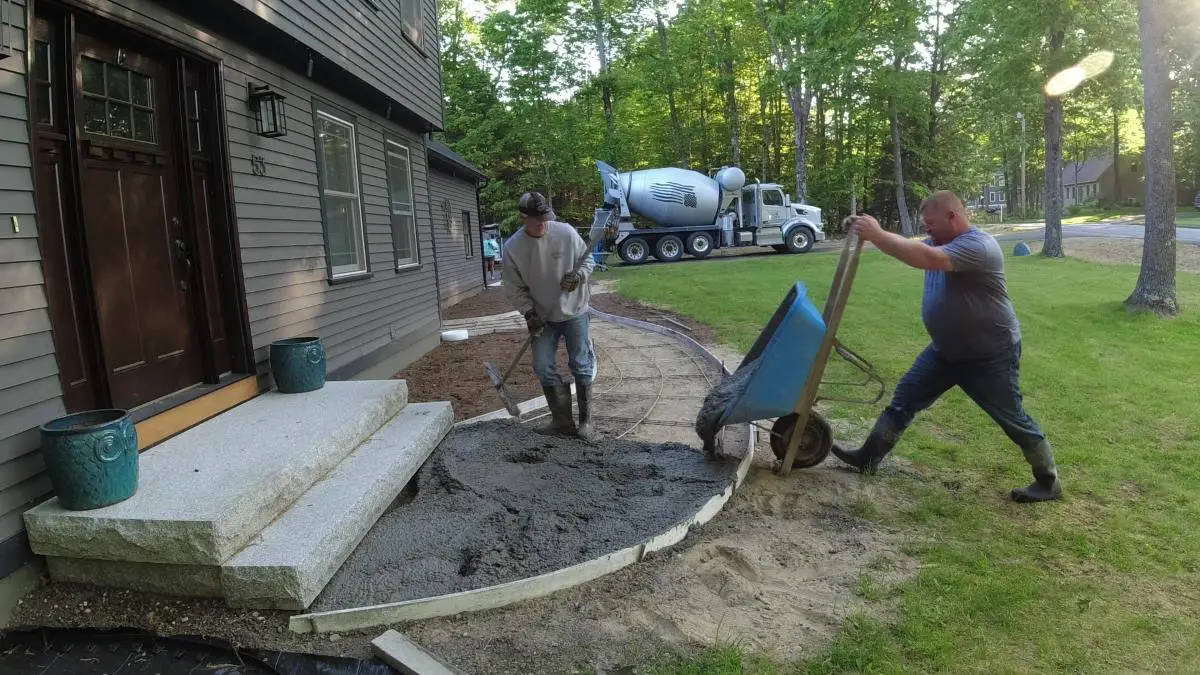SEALER SURFACE PREPARATION
When applying a concrete sealer, the sealer surface preparation is a crucial part to achieving complete success.
The porosity and cleanliness of the concrete surface is usually overlooked.
Sealer failure can occur if the proper steps aren't taken to prepare the surface for the kind of sealer you are using. A surface being sealed must be clean from all dirt, dust and other contamination that will keep the sealer from adhering to the concrete surface.
A little extra TLC can make a world of difference in how well the sealer performs down the road.
In most cases a good broom and blower will work to remove dirt and dust from the surface.
Other contaminants might require scrubbing with soap and water then a clean water rinse, remember to let it dry thoroughly before sealing.
Acid etching followed by neutralizing then a clean water rinse is another option.
Efflorescence, stain residue and excess release powder are especially important to remove before sealing as these are most often the problems when a sealer fails.
Efflorescence and stain residue have high PH levels that will effect sealer chemistry when drying. A sealer that shows a whitening effect or has soft spots is usually due to a PH imbalance on the surface.
The porosity of a concrete surface will determine how much of the sealer will "soak in" or absorb into the surface. If the sealer can't adhere to the surface it won't be very durable.
A simple water test to see how the water absorbs into the surface may be all you need to determine the porosity of the concrete.
A hand troweled concrete surface is usually porous enough to accept a one part sealer with low solids (under 30%).
A machine troweled surface may require additional steps to open the surface enough to accept the same sealer.
If you need to open the surface, light sanding or acid etching could be used. If you are using a higher solids sealer (over 45%) diluting the first coat or opening the surface us recommended.
Remember, always read the manufactures installation guide on surface preparation to help you properly clean the surface.
Learn about other related concrete sealer topics:
CONCRETE SEALER AND CONDENSATION PROBLEMS
CONCRETE SURFACE TEMPERATURE CAN CAUSE SEALER PROBLEMS
DEICING SALTS AND CONCRETE SEALER PROBLEMS
WHAT CAUSES SEALER BLISTERS AND BUBBLES?
IS THERE A TINTED SEALER I CAN USE?
WHAT KIND OF SEALER APPLICATOR SHOULD I USE?
Return from Sealer Surface Preparation to Concrete Sealer
Return from Sealer Surface Preparation to Everything About Concrete Home Page














